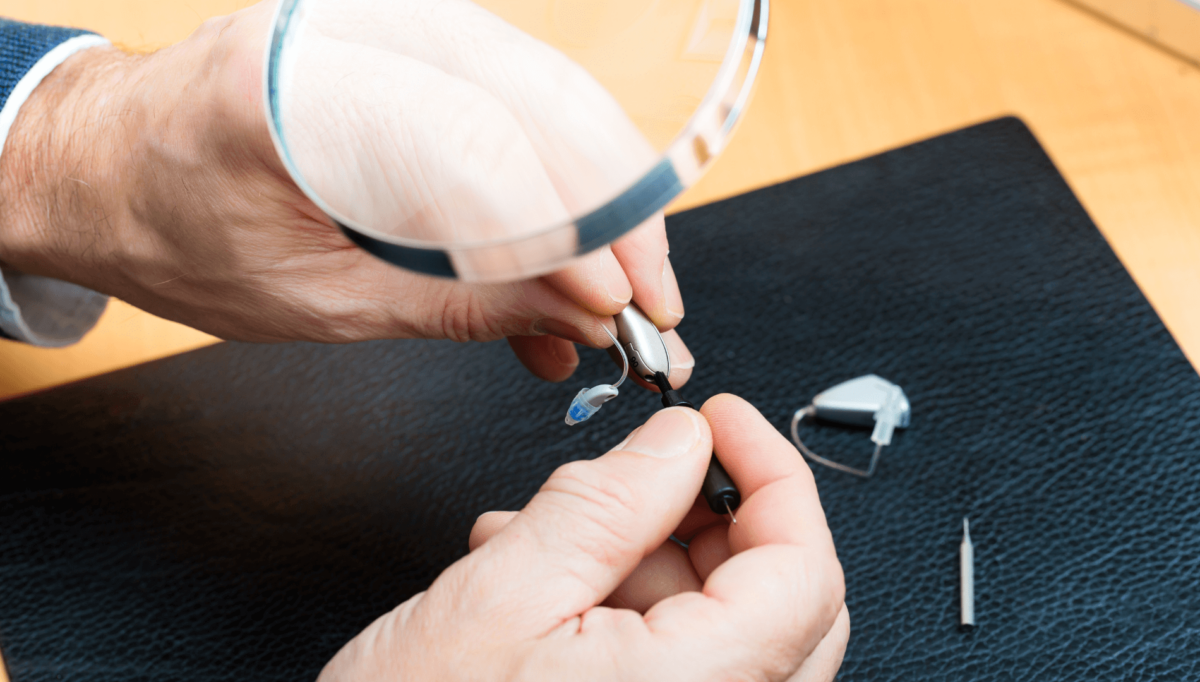A well-fitted hearing aid can make all the difference in staying connected to conversations and enjoying everyday sounds. However, a device straight out of the box rarely provides the perfect experience. Hearing health professionals use precise adjustments to ensure each setting matches personal hearing needs, making the difference between just hearing and truly understanding.
Fine-tuning a hearing aid goes beyond simple volume control. Background noise, speech clarity, and even comfort depend on expert calibration. With advanced tools and real-world testing, professionals customize every detail to match different listening environments.
Understanding How Hearing Aids Process Sound
Hearing aids do more than just amplify sound. They process incoming noise, filter out distractions, and enhance speech to create a balanced listening experience. Without the right adjustments, certain sounds may be too sharp, soft, or completely lost.
Everyone has unique hearing needs, so a one-size-fits-all approach doesn’t work. A professional fine-tunes the device to target specific hearing loss patterns, ensuring the right frequencies are enhanced. This personalization helps improve clarity while reducing listening fatigue.
Reducing Background Noise and Feedback
Background noise is one of the biggest challenges for those with hearing aids. Without proper calibration, loud environments can become overwhelming, making it difficult to focus on conversations. Feedback, or the high-pitched whistling sound from an ill-fitting device, can also interfere with clarity.
Professionals adjust noise reduction settings to prioritize speech while minimizing distractions. They also check for a secure fit to prevent unwanted feedback. These adjustments make listening more comfortable and less tiring throughout the day.
Enhancing Speech Clarity
Understanding speech is often the main goal of wearing hearing aids. Poorly adjusted settings can make voices sound muffled or unnatural. The right fine-tuning sharpens speech clarity, making conversations more enjoyable.
Professionals analyze speech patterns and adjust frequencies accordingly. This ensures that softer consonant sounds, like “s” and “th,” are not lost. With improved speech clarity, conversations require less effort and feel more natural.
Performing Real-World Testing
Fine-tuning isn’t just done in an office setting. Real-world testing helps professionals understand how the device performs in daily situations. Patients are often encouraged to report challenges so adjustments can be made accordingly.
Some professionals use real-ear measurements, a method that verifies sound output while the hearing aid is in use. This ensures the device provides accurate amplification for specific hearing loss needs. Real-world testing helps refine the settings for better performance in different environments.
Scheduling Follow-Up Appointments
Hearing needs can change over time, so follow-up visits are key. Regular adjustments help maintain the best possible hearing experience. If a device starts feeling uncomfortable or sounds unclear, a hearing health professional can fine-tune it again.

